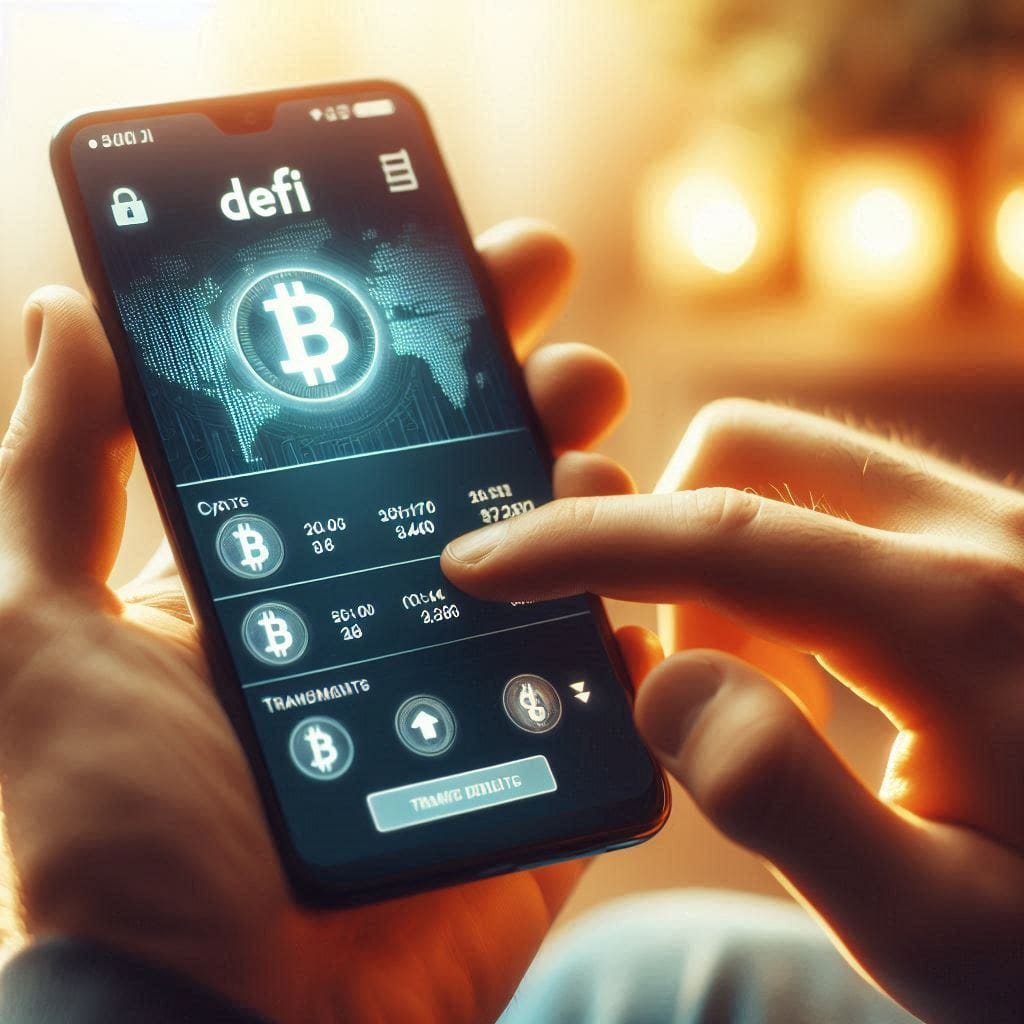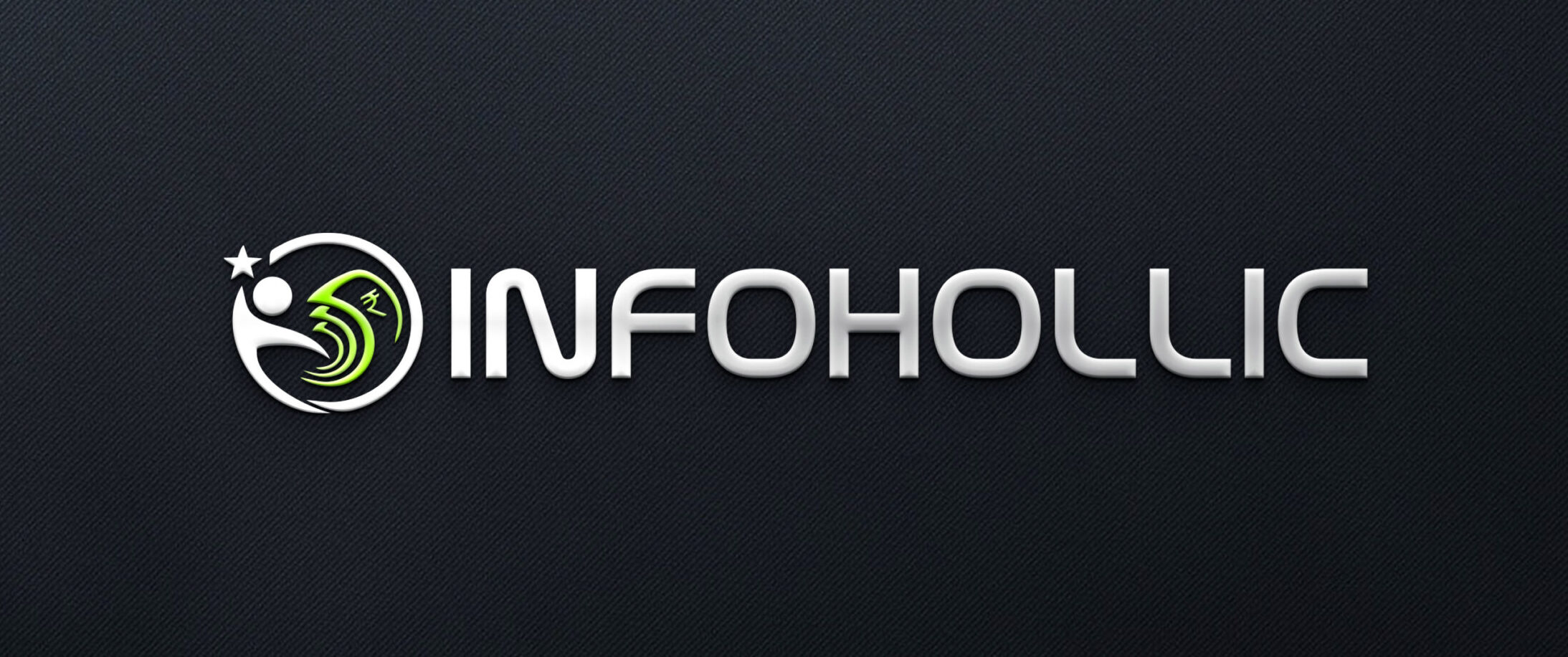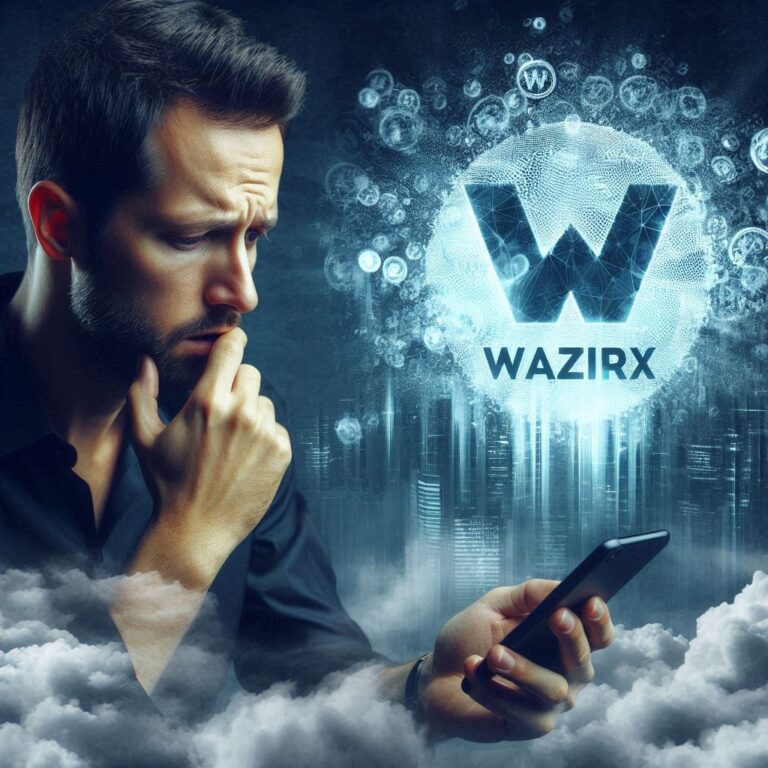The Rise of Decentralized Finance (DeFi): How It’s Transforming Traditional Banking
In recent years, Decentralized Finance (DeFi) has emerged as a revolutionary force in the financial landscape, challenging traditional banking systems and redefining how we think about financial services. By leveraging blockchain technology, DeFi aims to democratize finance, offering a transparent, efficient, and accessible alternative that eliminates intermediaries. This blog explores the transformative impact of DeFi on traditional finance, highlights key trends shaping its future, and discusses the implications for consumers and institutions alike.
Understanding DeFi: A Brief Overview
Decentralized Finance refers to a system of financial applications built on blockchain technology that operates without central authorities or intermediaries. Unlike traditional banks that rely on centralized control, DeFi platforms utilize smart contracts—self-executing contracts with the terms directly written into code—to automate transactions and agreements. This innovation not only reduces costs but also enhances security and transparency.
According to recent reports, the global DeFi market was valued at approximately $13.61 billion in 2022, with projections indicating a staggering 46% CAGR from 2024 to 2030 (pwc ).The total value locked (TVL) in DeFi reached around $52 billion, showcasing its rapid growth and adoption. (pwc) (defi trends)

Key Features of DeFi
Transparency and Security:
Transactions on DeFi platforms are recorded on public blockchains, ensuring that all activities are transparent and immutable. This cryptographic security fosters trust among users.
Permissionless Access:
Anyone with internet access can participate in DeFi without needing approval from a central authority, promoting financial inclusivity.
Programmability: Smart contracts facilitate automated financial agreements, streamlining processes and reducing reliance on intermediaries.

Global Reach:
DeFi transcends geographical boundaries, providing users worldwide access to financial services without traditional jurisdictional limitations.
How DeFi is Disrupting Traditional Finance
The rise of DeFi represents a significant shift in the financial ecosystem. Here are some ways it is transforming traditional banking:
1.Elimination of Intermediaries
Traditional banking relies heavily on intermediaries such as banks and brokers to facilitate transactions. DeFi removes these middlemen by allowing peer-to-peer transactions directly on the blockchain. This not only reduces costs but also expedites transaction times
2.Innovative Financial Products
As DeFi matures, traditional banks are beginning to integrate these technologies into their operations. Some banks are partnering with DeFi startups or even developing their own decentralized products to stay competitive. This integration signifies a shift towards a hybrid financial model where both systems coexist. (antiersolutions) (wazirx).
3.Integration with Traditional Finance
As DeFi matures, traditional banks are beginning to integrate these technologies into their operations. Some banks are partnering with DeFi startups or even developing their own decentralized products to stay competitive. (linkedin) This integration signifies a shift towards a hybrid financial model where both systems coexist.

4. Enhanced Yield Opportunities
DeFi provides innovative avenues for earning yields through mechanisms like yield farming and liquidity provision. Users can earn higher returns compared to conventional savings accounts by participating in these decentralized protocols. (antiersolutions)
Emerging Trends in DeFi for 2024
As we look ahead, several trends are poised to shape the future of DeFi:
Traditional Finance Integration:
Banks are increasingly adopting DeFi protocols to enhance their offerings and improve efficiency.
Layer 2 Scaling Solutions:
These solutions aim to enhance transaction speed and reduce costs while maintaining security.
Crypto Bridges: Facilitating seamless asset transfers across different blockchain networks will become crucial for interoperability within the DeFi space. (wazirx).

Decentralized Identity Solutions:
These will empower users by allowing them to control their personal data without relying on centralized authorities for verification.
Regulatory Frameworks:
As the industry matures, clear regulations will be essential for fostering trust and encouraging institutional participation in the DeFi ecosystem. (linkedin)
Conclusion
Decentralized Finance is not just a trend; it is a paradigm shift that has the potential to reshape the entire financial landscape. By eliminating intermediaries, enhancing transparency, and providing innovative financial products, DeFi is challenging traditional banking systems like never before. As we move into 2024, the integration of DeFi with established financial institutions will likely accelerate, creating a more inclusive and efficient global economy.






